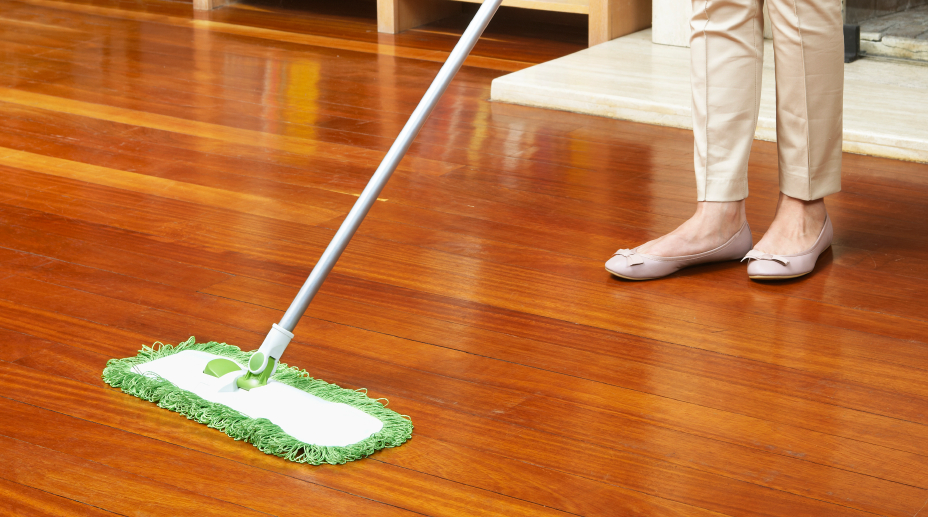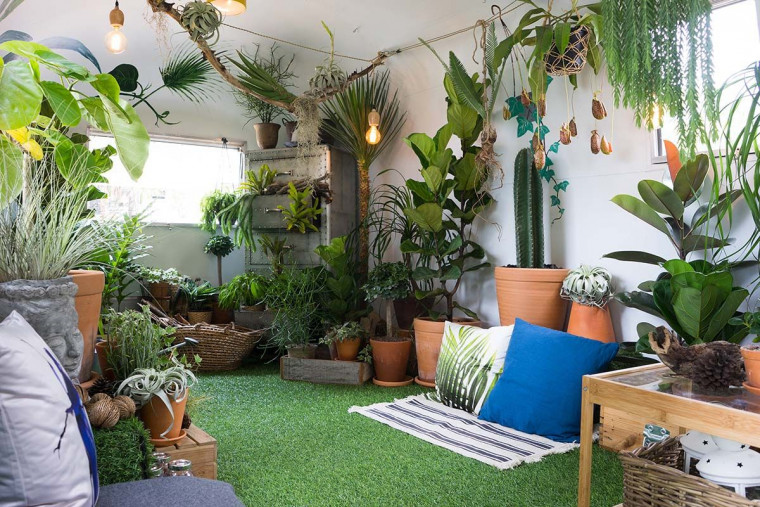Identifying the Source of the Leak
Before attempting to repair a leaky roof, it’s crucial to identify the source of the leak. Start by inspecting your attic or crawlspace for signs of water infiltration, such as water stains, dampness, or mold growth. Trace the path of the water back to its point of entry on the roof, taking note of any damaged or deteriorated areas that may be contributing to the leak.

Assessing the Damage
Once you’ve located the source of the leak, assess the extent of the damage to determine the best course of action. Look for signs of roof damage such as missing or damaged shingles, cracked flashing, deteriorated sealant, or warped decking. Pay attention to areas around chimneys, vents, skylights, and roof valleys, as these are common trouble spots where leaks can occur.
Repairing Damaged Shingles
If the leak is caused by damaged or missing shingles, repairing …



